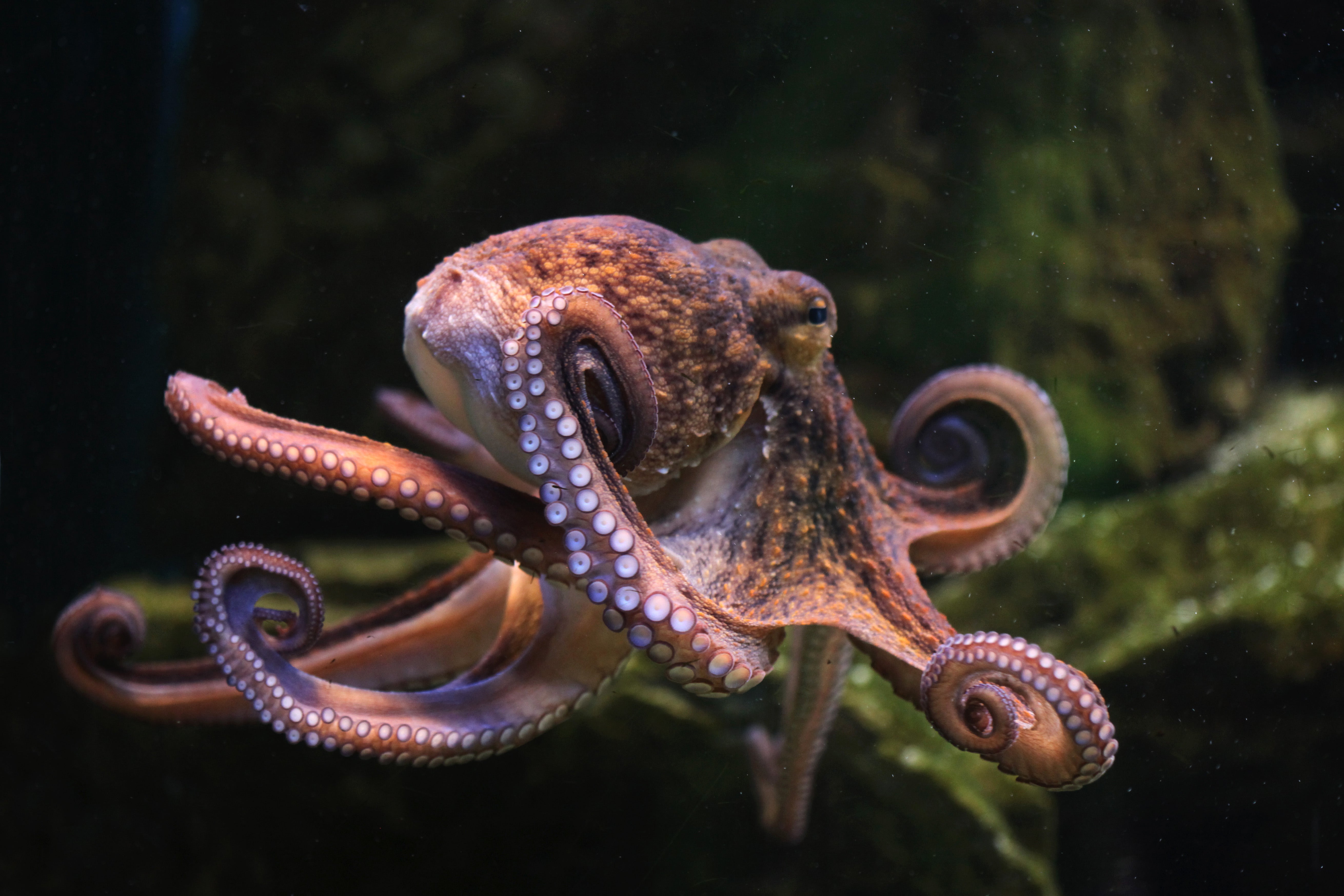Female octopuses throw shells at males annoying them, scientists learn
Researchers observe animals raising arms in direction of thrower or ducking in anticipation

Your support helps us to tell the story
From reproductive rights to climate change to Big Tech, The Independent is on the ground when the story is developing. Whether it's investigating the financials of Elon Musk's pro-Trump PAC or producing our latest documentary, 'The A Word', which shines a light on the American women fighting for reproductive rights, we know how important it is to parse out the facts from the messaging.
At such a critical moment in US history, we need reporters on the ground. Your donation allows us to keep sending journalists to speak to both sides of the story.
The Independent is trusted by Americans across the entire political spectrum. And unlike many other quality news outlets, we choose not to lock Americans out of our reporting and analysis with paywalls. We believe quality journalism should be available to everyone, paid for by those who can afford it.
Your support makes all the difference.Female octopuses have been observed throwing silt, shells and algae at males during unwanted mating attempts.
Footage of octopuses off the coast of Australia revealed the eight-legged animals “coordinated use of the arms, the web, and jets of water from the siphon, that results in material being forcibly projected through the water column, sometimes hitting other octopuses”.
Researchers from Australia, the US and Canada studied video of octopuses in the wild and found that females were generally more likely than males to throw things.
In one instance in December 2016, a single female octopus threw material 10 times, with five of these hitting a male in an adjacent den, which the scientists said had been attempting several times to mate with her.
“All ten of the female’s throws were entirely or partly silt throws. In one hit, the female’s preparatory motions included a turn towards the male ... bringing the male directly into the path of the throw.”
The preprint research paper, titled In the Line of Fire: Debris Throwing by Wild Octopuses, noted: “This sequence is also notable for the behaviors of the male who was the apparent target of the hits.
“In four cases the male ducked during the process of the throw itself, and over the course of the sequence, these movements occurred earlier in relation to the throw. In the first two cases, the target ducked after release of the throw; in the latter two, he ducked before the release, during preparatory motions by the thrower.”
In other instances, the researchers found that other octopuses raised arms in the direction of the thrower but did not duck. Sometimes, fish were hit instead of octopuses.
Octopuses which were hit were not observed ‘returning fire’ and throwing back the silt or shells.
Throwing of objects is not a common behaviour in animals – though chimps and capuchins, elephants, mongooses and birds are known to do so. Actions related to throwing have also been observed in other animal species, include the flicking of irritating hairs by spiders and the squirting of water by archerfish.
Throwing is generally seen as a specifically human action, and one which played an important role in our evolution.
But the researchers said: “The throwing of material by wild octopuses is common, at least at the site described here.
“These throws are achieved by gathering material and holding it in the arms, then expelling it under pressure.
“Force is not imparted by the arms, as in a human throw, but the arms organize the projection of material by the jet.”
They concluded that octopuses can “definitely be added to the short list of animals who regularly throw or propel objects, and provisionally added to the shorter list of those who direct their throws on other animals”, adding: “If they are indeed targeted, these throws are directed at individuals of the same population in social interactions – the least common form of nonhuman throwing”.
Join our commenting forum
Join thought-provoking conversations, follow other Independent readers and see their replies
Comments